
Trade wars and shipping slowdowns don’t just hit ports—they hit pantries. When global tensions rise, the ripple effect doesn’t stop at borders. It lands in your grocery basket, attached to a steeper price tag. Understanding why the groceries cost more begins with knowing which foods are feeling the pressure first.
Olive Oil
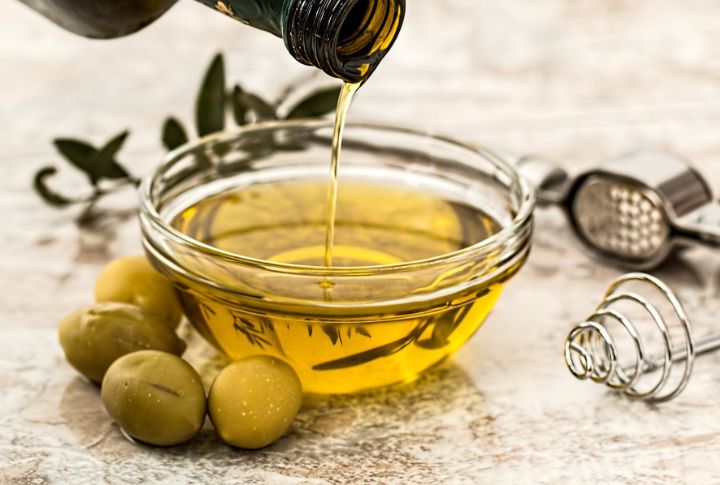
Spain, the top olive oil producer in the world, saw a big drop in production because of drought and trade issues. Along with export delays in the Mediterranean, this caused a sharp rise in rates compared to last year. Your salad dressing just joined the list of luxury items.
Coffee

Coffee lovers are feeling jittery for all the wrong reasons, as Brazil’s unpredictable weather and shipping issues in Vietnam tighten supply chains. These disruptions have caused a surge in Arabica costs, leaving coffee prices higher than usual. Will your morning cup become a more costly habit?
Wheat-Based Products

Ukraine was once a major supplier of wheat exports across the globe, but ongoing conflict since 2022 has disrupted that flow. Countries depending on Ukrainian grain are now scrambling for alternatives, which leads to higher charges for flour and bread.
Seafood
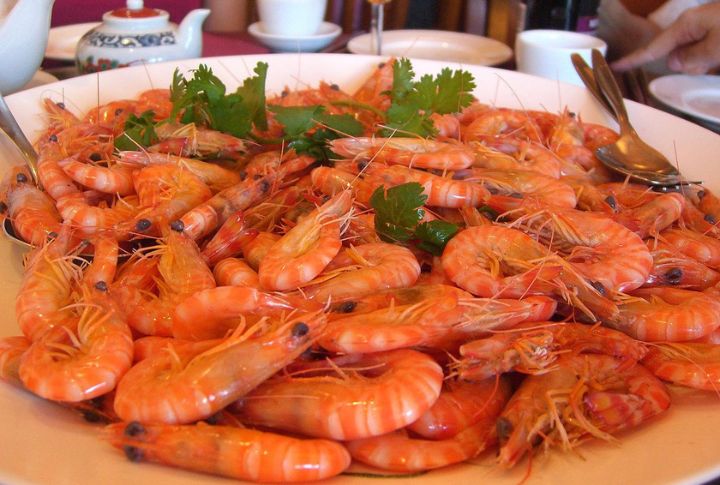
Disputes over fishing zones and tariffs have cast a wide net over seafood prices. Chinese and European restrictions affect everything from shrimp to cod. Meanwhile, U.S. importers face rising fees and reduced access. As a result, those seafood favorites now come with a higher price tag.
Cocoa

West Africa produces a significant portion of the world’s cocoa, but political instability and port congestion in Ghana and Ivory Coast have triggered supply issues. As cocoa rates climb, so do the costs of chocolate bars and other baking ingredients. Your favorite coffee shop drinks will soon follow suit.
Rice
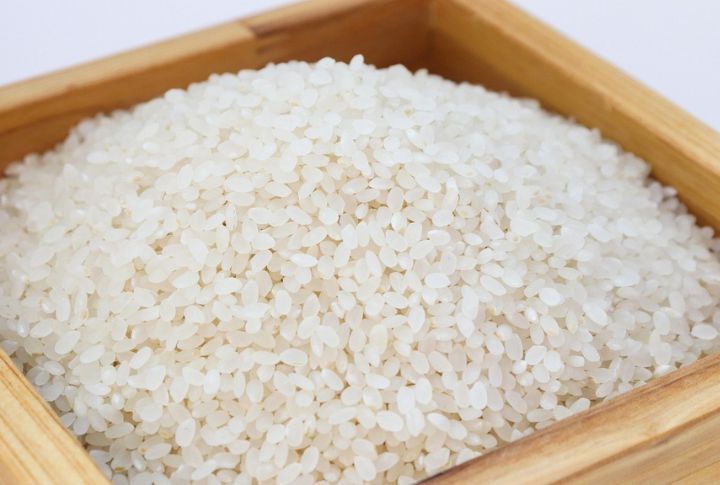
India banned non-basmati white rice exports in 2023, disrupting nearly 40% of global distribution. This ripple effect has driven up rice expenses across Asia, Africa, and the U.S. consumers relying on imports now pay more, while panic buying in local markets only makes matters worse.
Tomatoes
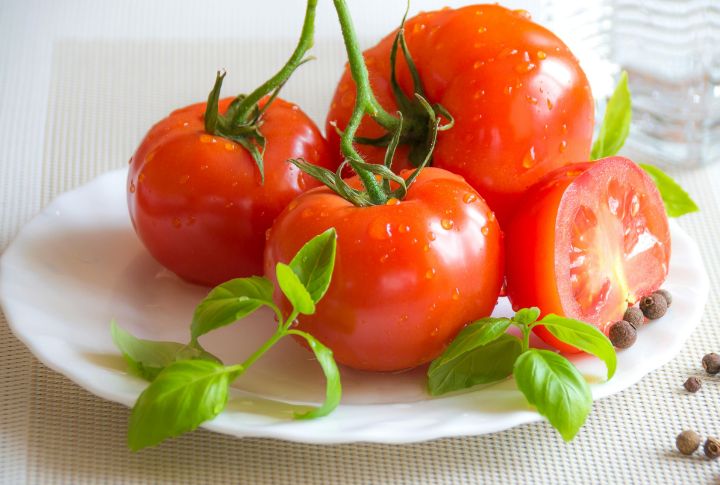
Disputes over seasonal labor and import quotas between the U.S. and Mexico have contributed to rising tomato demands. As availability becomes limited during peak months, supermarkets struggle to keep shelves stocked. Whether you choose canned or fresh, tomatoes have turned into a pricier pantry staple.
Sugar
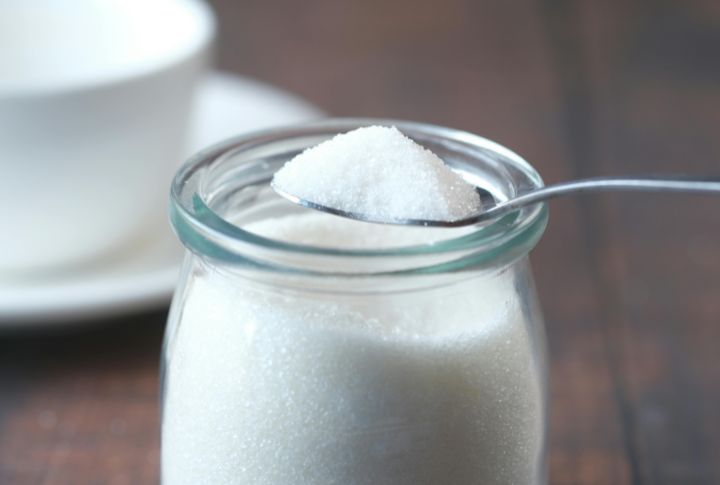
Global sugar production has faced setbacks due to adverse weather conditions and political tensions. The supply of cane and beet sugar has tightened, causing price increases across everything from baking ingredients to soft drinks. Consequently, costs are rising for products like candy bars and beverages.
Avocados

Guacamole might soon feel like a special treat! Mexico is the primary supplier of avocados to the U.S., but disruptions tied to cartels and delays at border inspections have hindered supply. These setbacks lead to fewer ripe avocados on shelves and higher rates at checkout.
Cheese
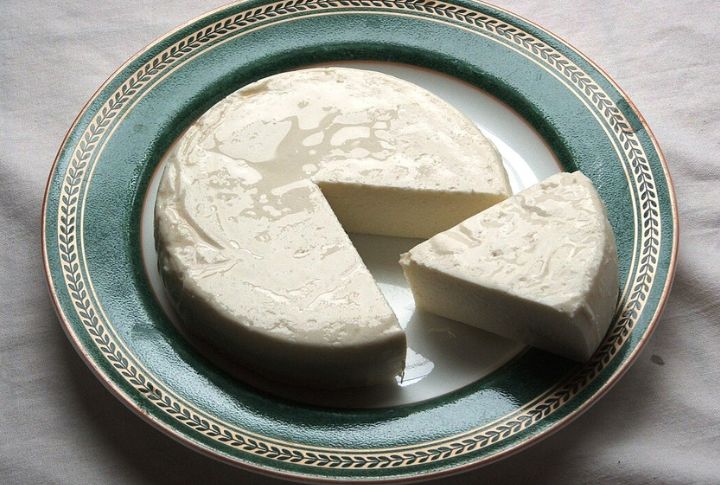
Import duties on European dairy goods have made premium cheeses a splurge. With tariffs driving up prices on brie, gouda, and Parmigiano-Reggiano, both restaurants and home cooks are cutting back on cheese boards. Aged dairy is suddenly aging your wallet, too, and you might’ve not noticed that.
Leave a comment